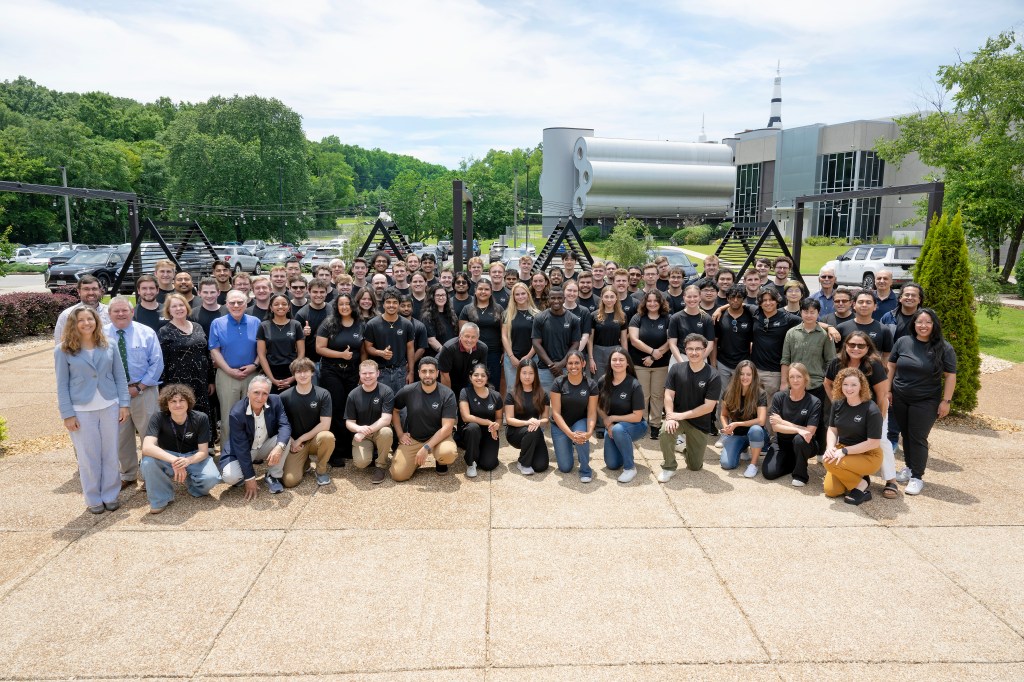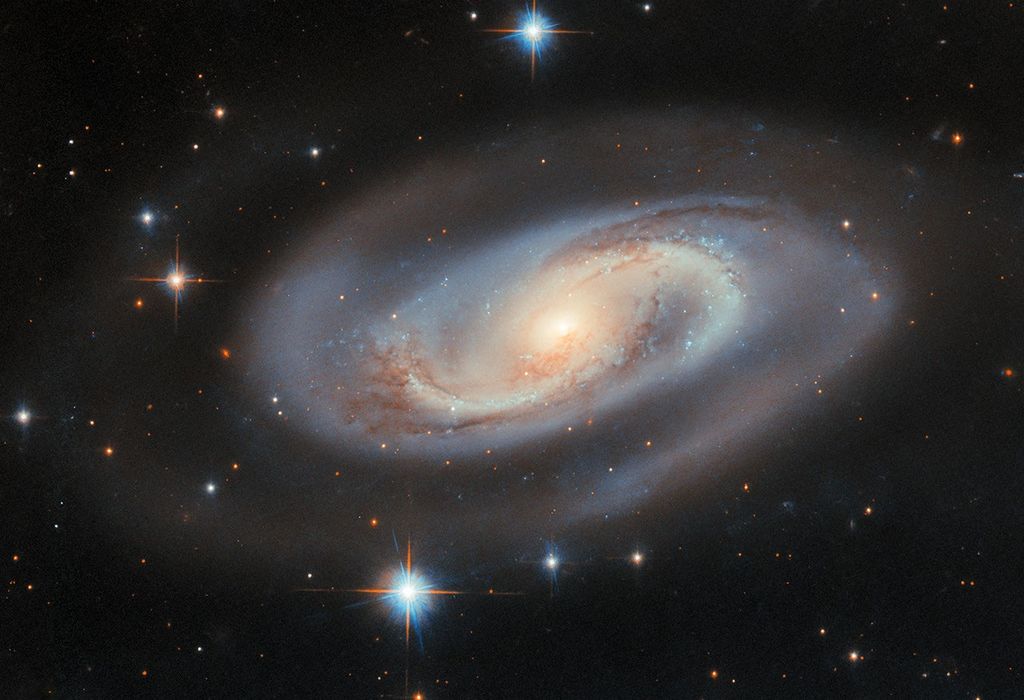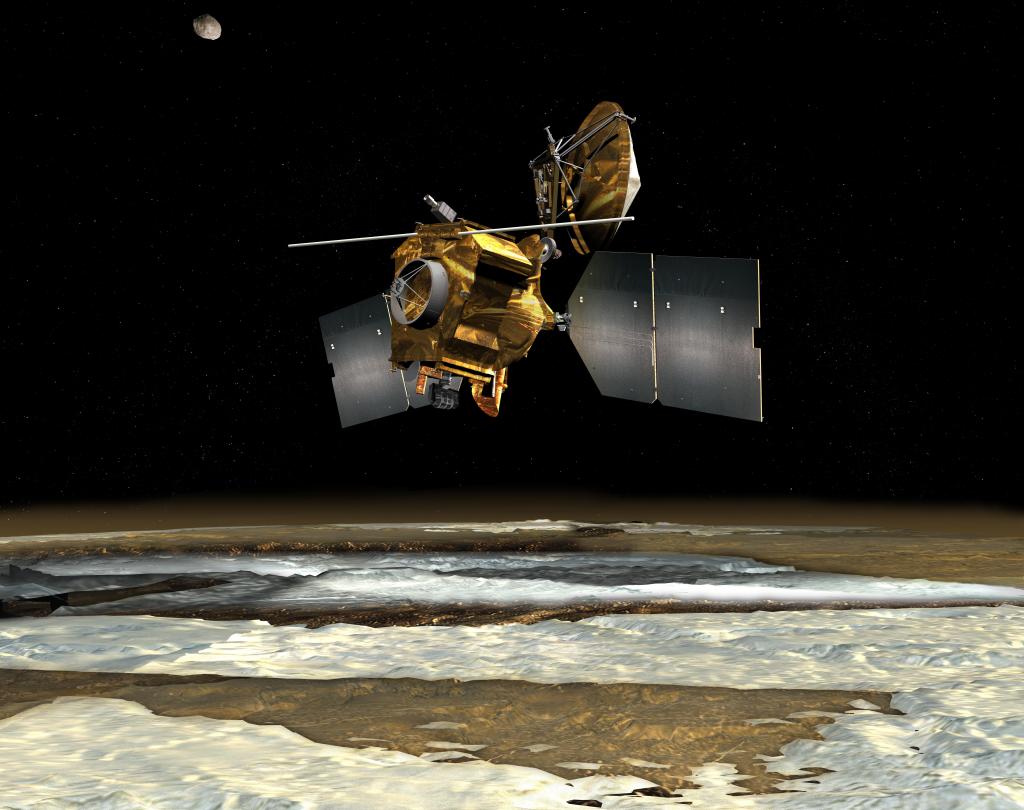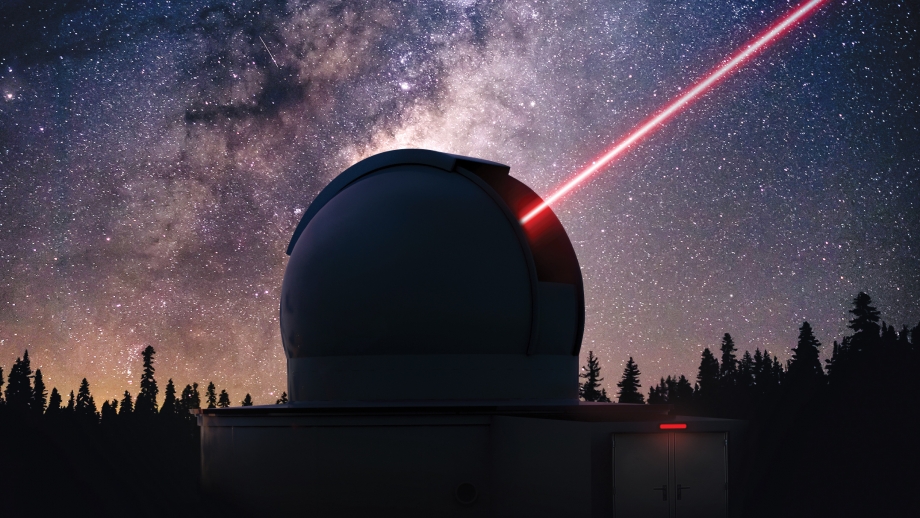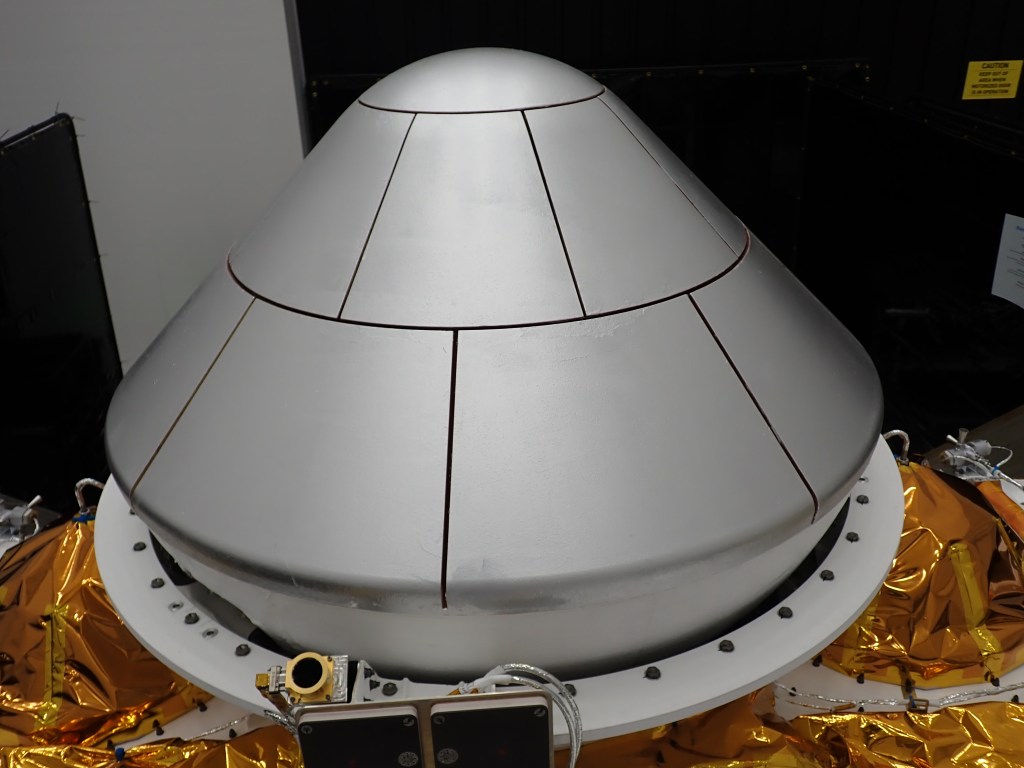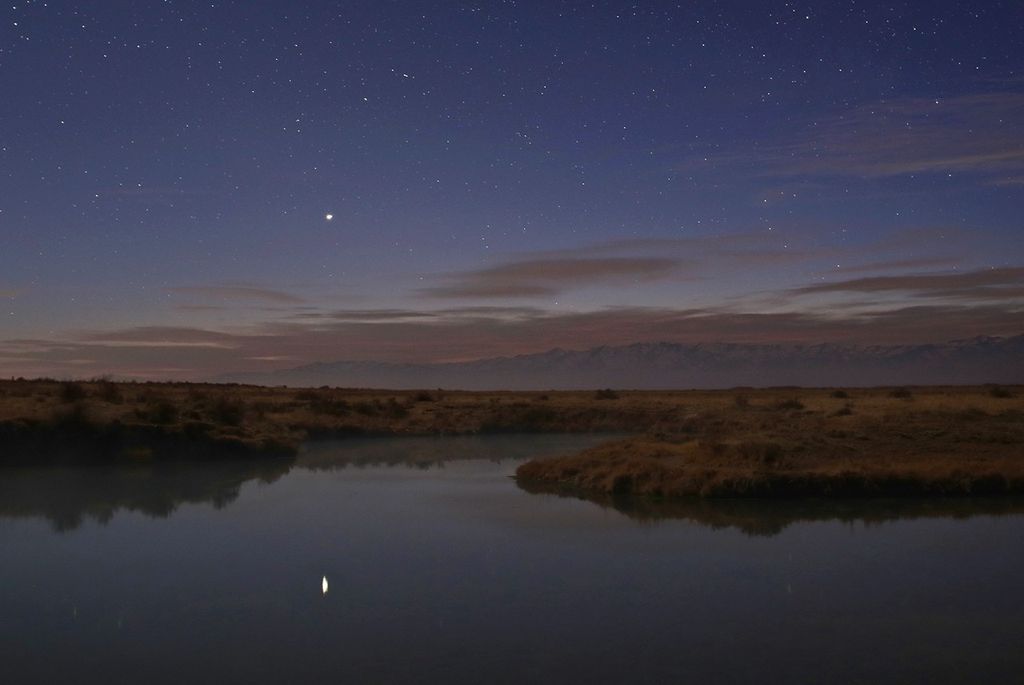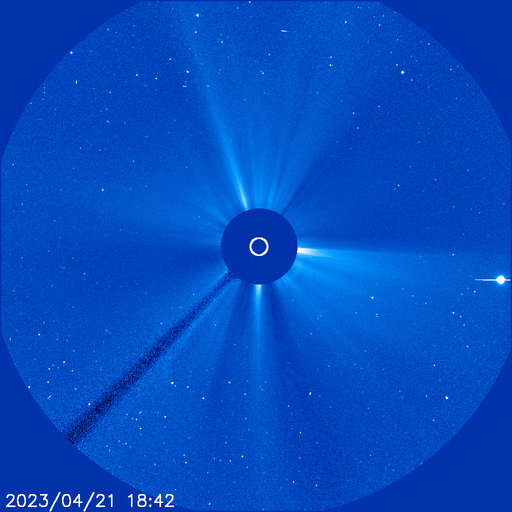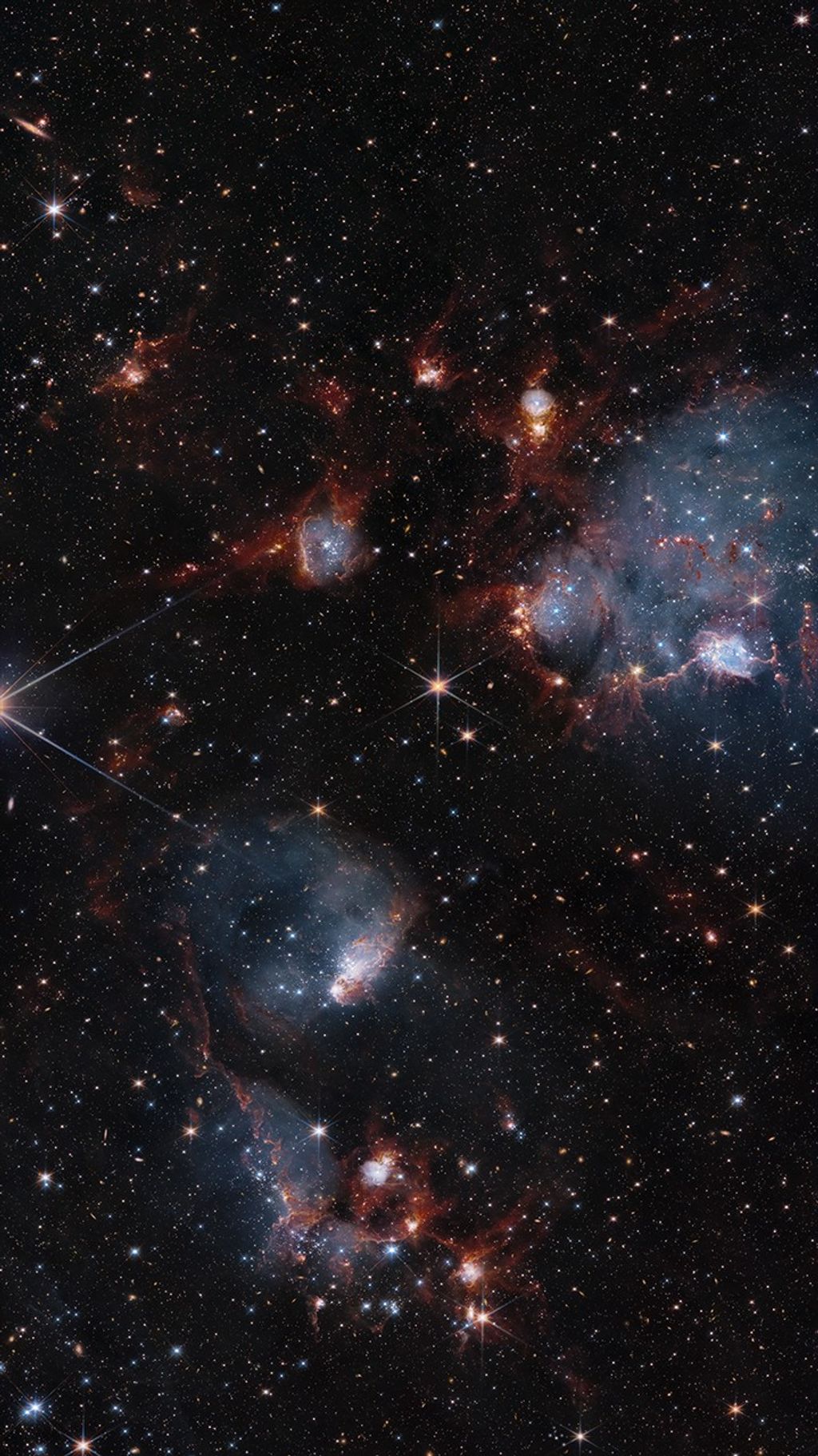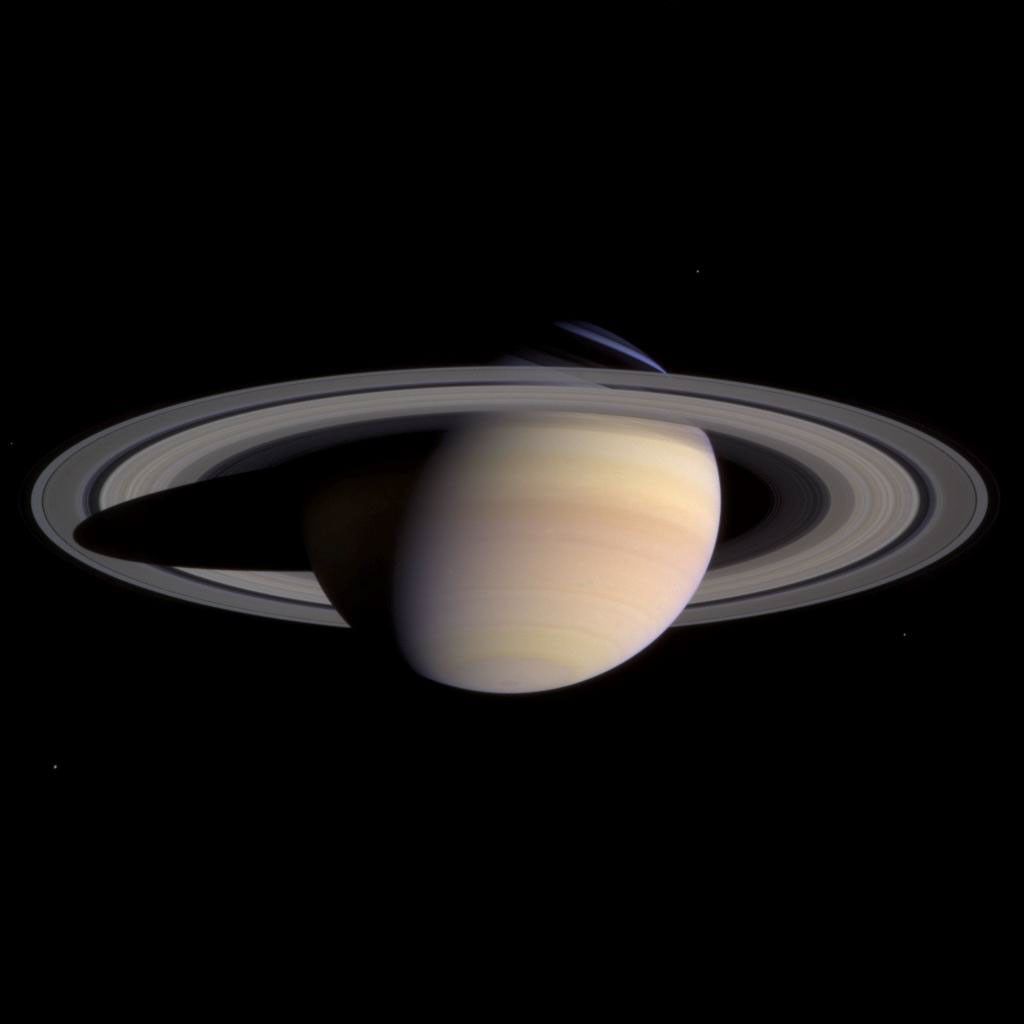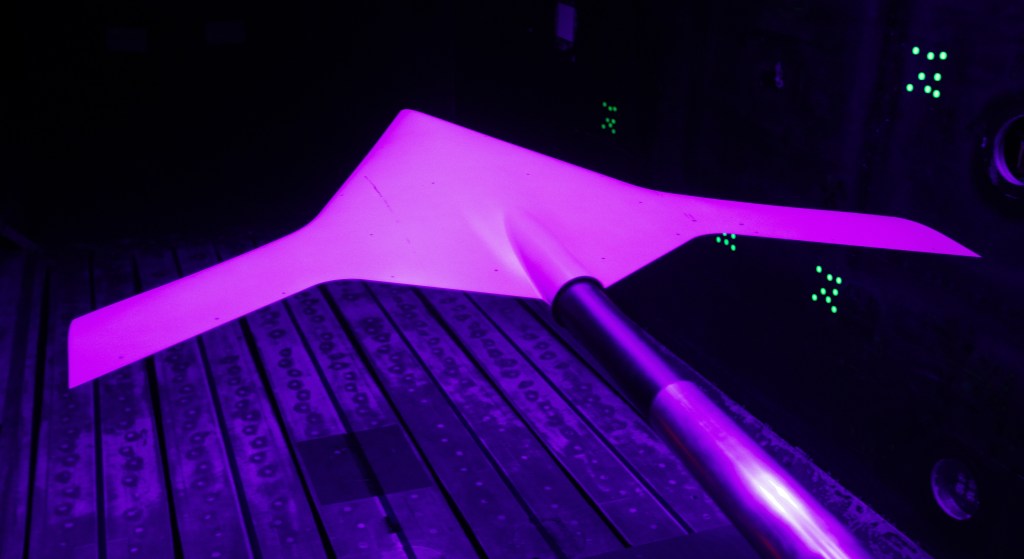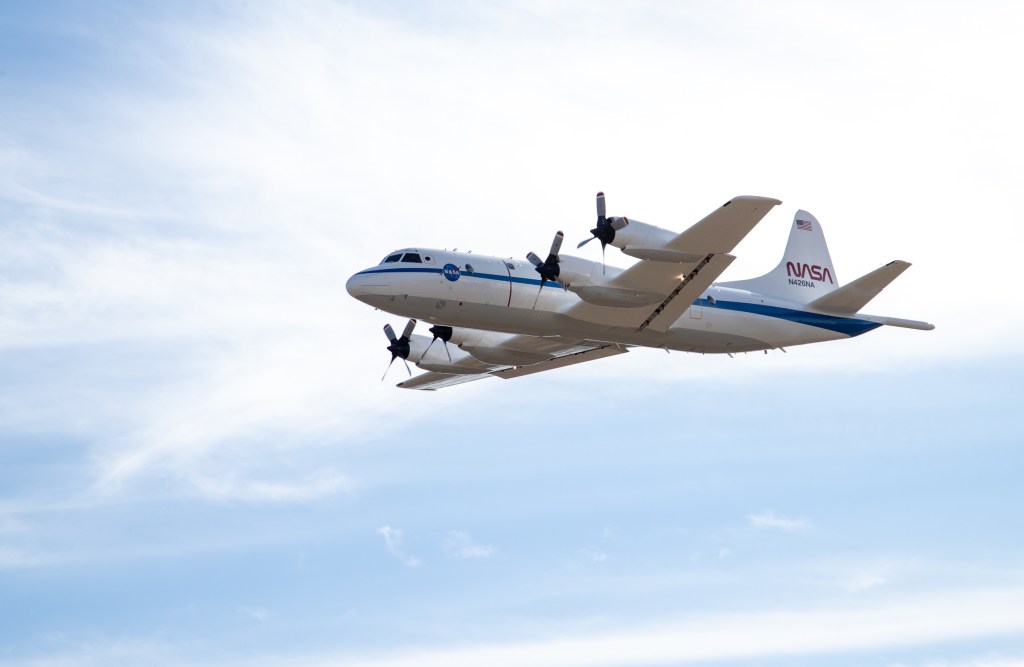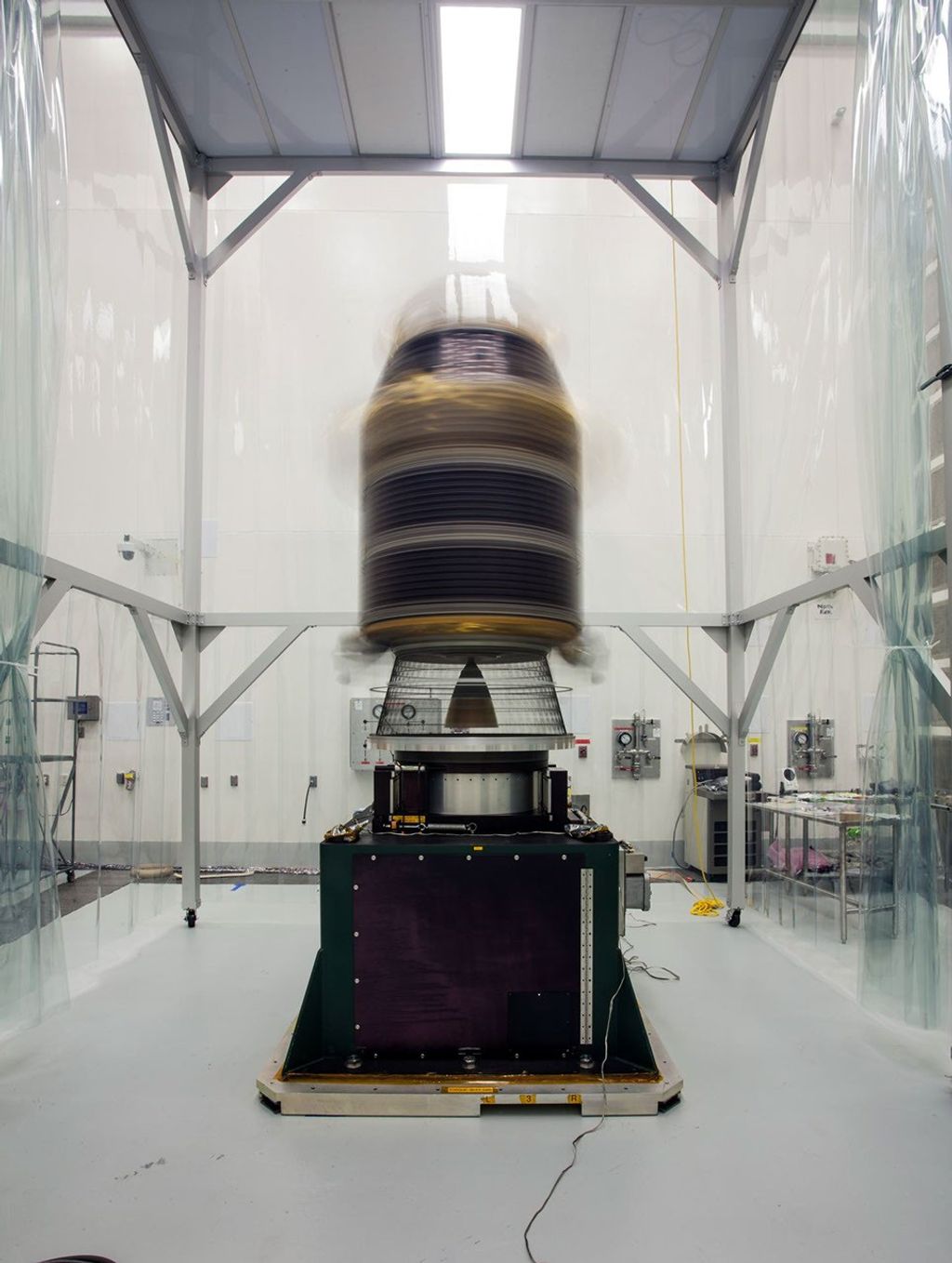New air filtration technology developed, built, and tested at NASA’s Marshall Space Flight Center in Huntsville, Alabama, is bound for the International Space Station – where it will demonstrate advanced life support system capabilities that could help future explorers on the Moon and Mars breathe easier.
The new hardware, known as the 4-Bed Carbon Dioxide Scrubber, was shipped June 9 from Marshall to NASA’s Wallops Flight Facility in Wallops Island, Virginia, where it will be prepared to fly aboard the Cygnus NG-16 commercial resupply mission.

The scrubber is one of two next-generation Environmental Control and Life Support System technologies set to be tested on the space station for one year, helping recycle and regenerate most of the air and water necessary to sustain its crew – and proving advanced regenerative technology solutions for upcoming Artemis missions to the Moon and eventual human excursions to Mars. The Thermal Amine Scrubber, delivered to the station in early 2021, uses actively heated and cooled amine beds – water purification technology used around the world – to remove carbon dioxide from the air.
Once installed, the new carbon dioxide scrubber will use commercial adsorbent materials to retain water vapor while filtering carbon dioxide out of the space station’s airflow. Adsorption is the use of beaded porous materials, known as “molecular sieves,” to separate metabolic carbon dioxide to be discarded or recycled.
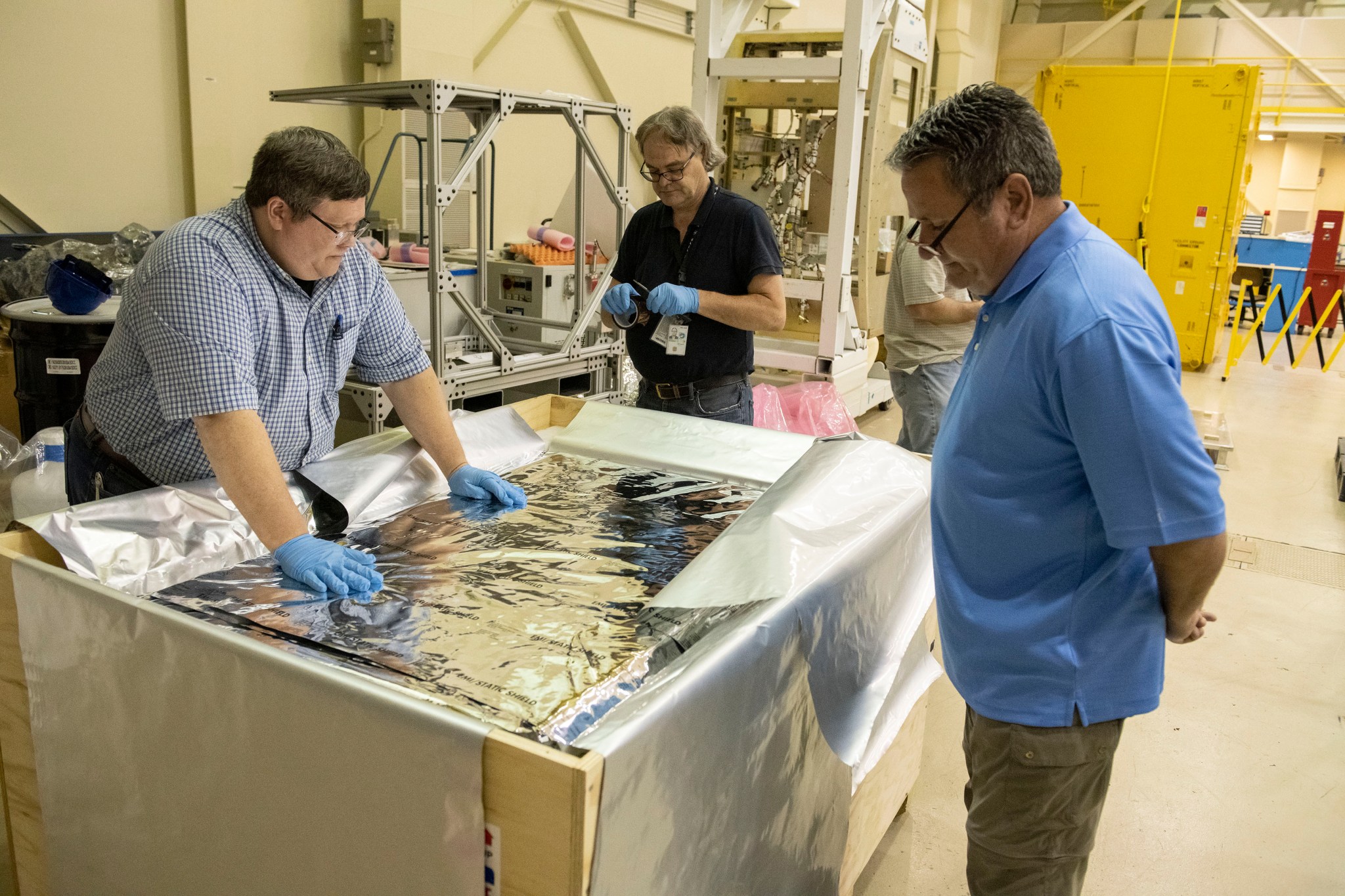
The space station’s current Carbon Dioxide Removal Assembly has conducted this task since early 2001. The 4-Bed Carbon Dioxide Scrubber is a design iteration of the current assembly, incorporating numerous engineering and technology changes to improve durability and maintainability. These upgrades and refinements are crucial for future exploration missions beyond Earth orbit. Once its year of technology demonstration is over and the system proves its capabilities, the new scrubber unit will be integrated into the station’s closed-loop recycling system for a minimum of three years to further demonstrate its viability for long-duration exploration missions and to contribute to station crew life support capabilities.
As many as 100 Marshall engineers, materials researchers, and safety personnel, plus sensor, filtration, and pump hardware specialists at NASA’s Johnson Space Center in Houston, had a hand in the design, fabrication, and testing of the new hardware unit, said Donnie McCaghren, project manager for the 4-bed CO2 scrubber at Marshall.
“Our primary goal was increasing efficiency and maintainability, to ensure fully functioning, longer-lasting hardware on orbit with less need for crew maintenance,” McCaghren said. “We reduced the scrubber’s power consumption, improved the thermal stability and lifespan of the adsorbent materials, and added replaceable filters, more durable valves, and protective covers for the valve motors.”
The team also upgraded the adsorbent bed internal heating units and redesigned the beds to be circular rather than rectangular, which improves performance and reliability. They also used Marshall’s state-of-the-art 3D printers to prototype and test key components – a capability that could enable crews in orbit, in years to come, to quickly print replacement parts as needed, rather than wait for resupply flights from Earth.
Additionally, the new scrubber unit will enable testing of a first-of-its-kind, magnetic bearing air blower to push the air through its adsorption beds. The blower was developed by a commercial provider for NASA to replace an obsolete blower technology.
The new hardware is roughly the size of a small refrigerator and weighs approximately 450 pounds. Its operation and technology demonstration will be overseen on orbit by mission controllers at NASA’s Johnson Space Center in Houston, with continuing contributions by Marshall space station hardware engineers.
The Cygnus NG-16 spacecraft, built by Northrop Grumman of Falls Church, Virginia, is scheduled to lift off later this summer.


